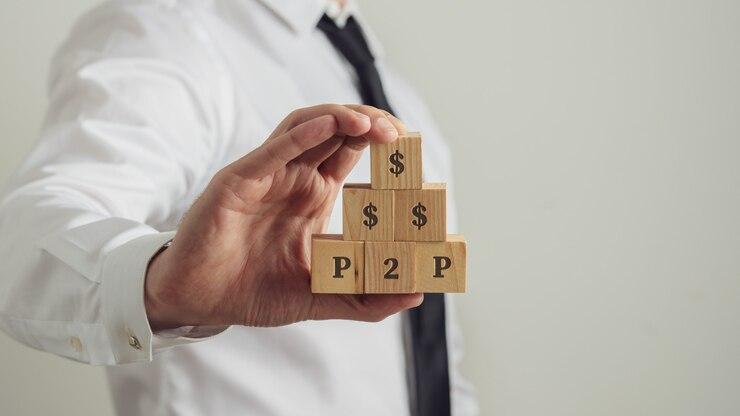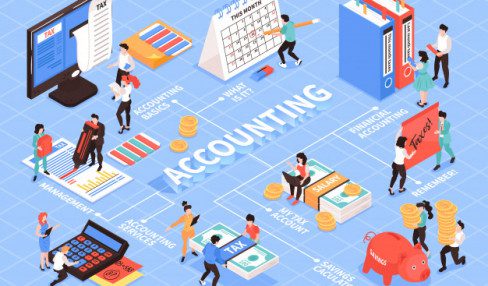Ways to Consolidate Multiple Debts
6 Mins Read
Published on: 10 March 2022
Last Updated on: 09 October 2024

toc impalement
Consolidating multiple debts involves combining various outstanding amounts into a single, more manageable loan or credit line. This choice is often made to simplify payments, as dealing with different due dates, interest rates, and payment amounts can be challenging. Debt consolidation streamlines the process by consolidating all debts into one, making it easier to track payments.
If the consolidation loan offers a lower interest rate than the average rate on existing debts, it can result in decreased monthly payments and overall cost savings. With a single monthly payment, individuals can avoid the complexity of managing multiple payments to different creditors, reducing the likelihood of missed payments and facilitating better financial budgeting.
Some consolidation loans also provide fixed interest rates, offering stability and predictability compared to variable interest rates. Furthermore, consistent, on-time payments after consolidating debts can positively impact credit scores, potentially improving financial prospects.
There’re six good credit card debt consolidation options. Below, you’ll learn their advantages and disadvantages and how each option will enhance your financial situation. Use these debt consolidation tips to manage your debt for easy repayments.
1. Home Equity Loans & Lines of Credit (HELOC)

You can considerably reduce monthly interests by consolidating the multiple credit card debts using a HELOC, though this is a risky strategy.
This involves using your home as collateral, meaning your property might be foreclosed if you fail to repay. You can either borrow a home equity loan (Lump sum) or a HELOC, which you could use for several years.
Pros
- If you’ve settled a significant portion of your primary mortgage or your property has appreciated considerably, you might be eligible for a HELOC or a home equity loan
- They charge lower monthly compared credit card company’s
- The borrower makes fixed monthly payments
Cons
- HELOCs or home equity loans use similar underwritings to first mortgages. This means you must pay application fees, have the appraisal on your property done, and cover the application costs
- You might face foreclosure if You don’t make timely payments
- You must prove your creditworthiness to be eligible
- Your credit score determines what you can borrow and the interest rate offered by the lender
2. Debt Management Plan
Here, you meet your debt counselor and go through the budget and debt situation to establish your eligibility for a debt management plan. Instead of directly paying the creditors, you make single monthly payments to the credit counseling agency in this option. The agency then passes the funds to the creditors and negotiates the interest rates and fee waivers to ease the repayment.
If you get an unsecured personal loan in Australia, consider debt management plan services if it goes out of hand. Some lenders may offer hardship provisions or alternative repayment plans to help you through tough times. Discussing your situation with them early on can prevent the issue from escalating. Debt management plan services, such as financial counselors or debt advisers, can provide expert guidance tailored to your circumstances. They can help you set a realistic budget, negotiate with creditors, and explore debt consolidation options.
Pros
- Since this isn’t a loan, you can leave the program at any time
- The reduced interest rate lowers your monthly payment, making the credit card debt repayment faster
- Your credit counselor might provide valuable suggestions and educational materials to avoid falling into debt again
- The debt collection agencies won’t call you anymore
Cons
- You have to pay a fee for managing the plan
- The lenders may cancel the interest concession rates when you miss payments
- Your credit score drops several points for the first six months of the plan
- You are required to close all the credit cards in the program during repayment
3. Balance Transfers

Another debt consolidation tips is the balance transfer. Credit card balance transfers can also be used to consolidate your multiple debts, saving you money on interest. A balance transfer involves moving your debt from a credit card with high interest to a lower interest rate card. This is a DIY consolidation bug that has several hurdles. To be eligible, you must have a good credit score.
Pros
- There’re various options offered by balance transfer cards, including some that offer long 0% initial periods
- It simplifies the payment process, especially if you have multiple payments on several cards
- In the introductory period, you can pay the consolidated balances at zero interest, saving on the interest, ensuring you can focus on principle amount repayment
- You might get monetary or travel perks by getting a new credit card for debt consolidation
Cons
- They are offered to new or existing customers having high credit scores
- If you use a balance transfer card to pay several cards, you must get approval for a high enough credit limit for handling the entire debt
- You are required to pay some interest in the amount of the shifted debt, adding to what you owe
Related Resource: How to Avail Debt Consolidation Loan for Business
4. Retirement Loans

Did your past employment or job have a 401(k)-retirement plan? You could pay off the credit card debts by borrowing from your 401(k) balance. Though not all employers allow this, you could borrow up to 50% of what you had invested.
Advantages
- You won’t pay for the principal because you will borrow your own money.
- You don’t lose any money since the interest is paid back to the account
- You could pay off high-interest credit card debts using this loan
Disadvantages
- The money you’ve borrowed from the investment will not gain the investment benefits
- You might face an early withdrawal penalty if you leave that job before turning 55
5. Personal Loans
You can also turn your multiple bills into one monthly payment by applying for a personal loan. These loans are unsecured and offered by credit unions, banks, and various online lenders. Personal loans give those with an average credit score to convert their revolving high-interest debts into a single monthly payment at low-interest rates.
Advantages
- You can pay the entire credit card debt before the repayment date without penalties
- Personal loans are unsecured, meaning your property cannot be seized by a creditor if you don’t pay on time
- You will get a lower interest rate than a credit card company if you have a better credit score
- Personal loans have fixed Interests
Disadvantages
- You are required to pay origination fees for the personal loan
- The debt situation may worsen if you use the credit card to finance purchases, making you default on payments
6. Peer-to-Peer (P2P) Loans

The other kind of personal loan that is a good option is a P2P loan. P2P lending connects lenders and borrowers directly over the internet. A borrower goes to a lending website, fills out an application form, and is given a risk category based on their financial profile. The lender then offers loan conditions and interests that a borrower can accept or reject
Pros
- The qualifying standards might vary and swing in your favor since only people are involved
- Loan repayment is on fixed monthly rates
- The entire process is carried out online, meaning you don’t have to leave your home to finish the process
- Because of competition between lenders, you might get lower interest rates
- Since your payments will be reported o credit bureaus, you could have a higher credit score
Cons
- There might be various fees charged in the loan, which may drive the cost up
- Since different investors might want to bid on the loan, the process might stretch for weeks, unlike your bank’s one-day decision
- A borrower is assigned a risk grade (low, medium, or high) and does not input how the grades are determined
Conclusion As you can see from above, there are different credit card debt consolidation tips for your multiple debts. Choose the affordable one that you are comfortable with. The aim is to repay your debt.
Read Also:


















Comments Are Closed For This Article